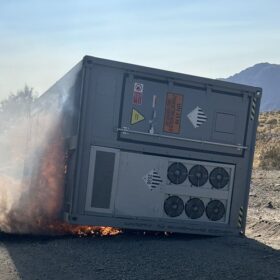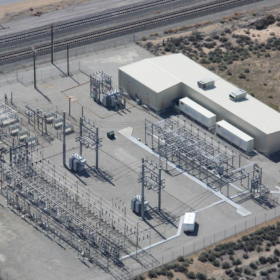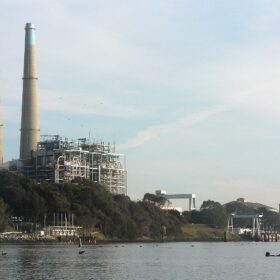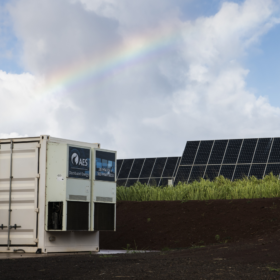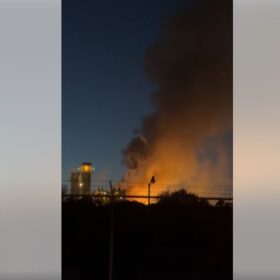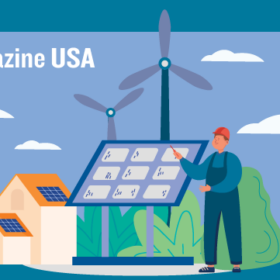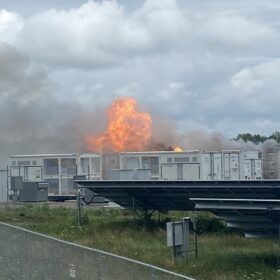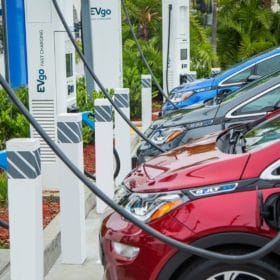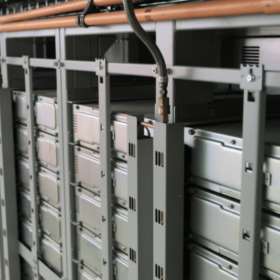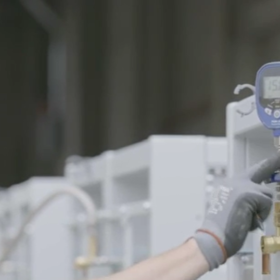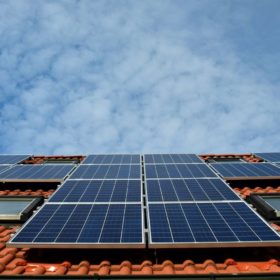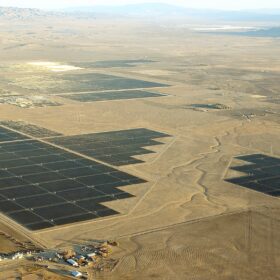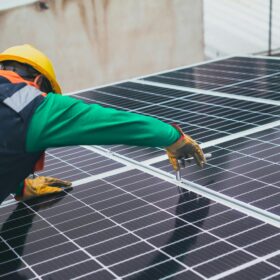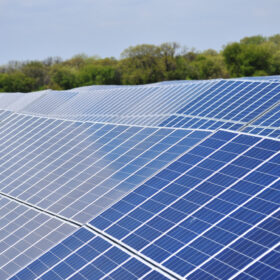National battery fire standards being pushed for consideration
The American Clean Power Association is pushing for greater safety standardization in the energy storage industry, guided by the National Fire Protection Association, and their under development NFPA 855 standard.
The road ahead for California energy storage
More batteries, better safety measures, and policy shifts are defining the next phase of energy storage in the world’s fifth-largest economy.
Moss Landing fire leads to emergency regulations
Following the Moss Landing fire in Monterey County, local Californian counties are enacting regulation for battery energy storage systems (BESS).
U.S. energy storage market thrives despite political and market uncertainty
A recent webinar by Clean Energy States Alliance highlighted how the Investment Tax Credit for standalone storage has supercharged growth, but new import duties and supply chain risks could slow progress.
Incidents similar to Moss Landing battery fire are unlikely but stricter regulations proposed
Battery safety has come a long way since the construction of the 300 MW first phase of Vistra Energy’s Moss Landing Energy Storage Facility in California, which caught fire on January 16. The vast majority of today’s large-scale battery energy storage systems does not have much in common with the affected project deployed in a former turbine hall.
Sunrise brief: Treasury updates domestic content guidance, elevates wafers made in U.S.
Also on the rise: Fire at California’s Moss Landing battery plant triggers evacuation. Coalition of 17 state attorneys general urge Congress to retain clean energy tax credits. And more.
“Make it burn” and other lithium-ion first responder guidance
American Clean Power has published a guide for first responders on lithium-ion battery energy storage system emergencies, offering insights based on the 2023 NFPA 855 code revision.
Sunrise brief: Crossing EV barriers with microgrids and managed charging
Also on the rise: Fire alarms shut down Moss Landing Energy Storage facility. SolarEdge reports record revenue. Mosaic custs costs of solar loans. Policies are working in Illinois, where solar is surging. Wave energy isn’t expected to rival solar or wind power, but NREL sees use cases for the technology. Canada-US-Mexico panel says Section 201 tariffs violate agreement.
The world’s largest lithium ion battery is down, again
The Moss Landing Energy Storage Facility Phase II set off fire alarms that activated a fault water suppression system, which – again – set off a cascading set of events that resulted in roughly ten battery packs melting down.
A battery is only as good as its control system
A possible failed bearing and a software programming error in a heat suppression system caused a cascading incident that damaged 7% of Vistra Corp.’s Moss Landing Energy Storage Facility.
